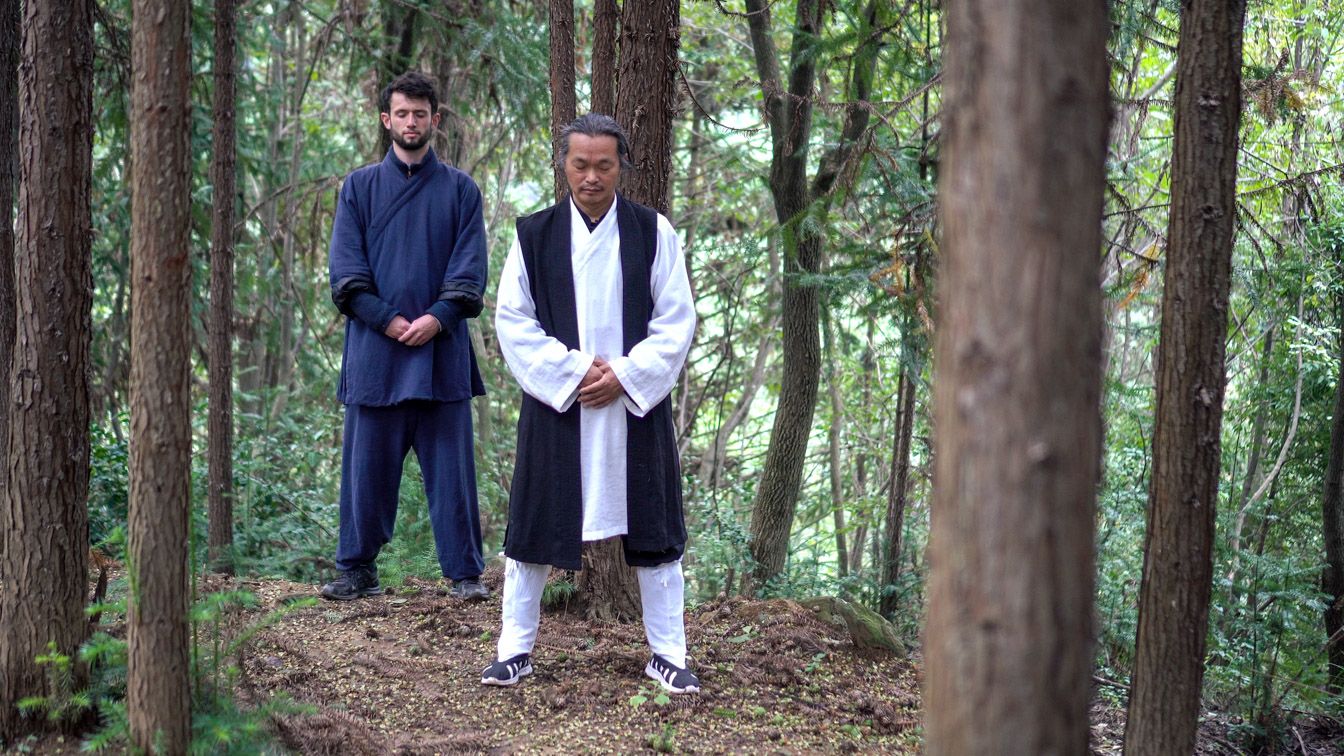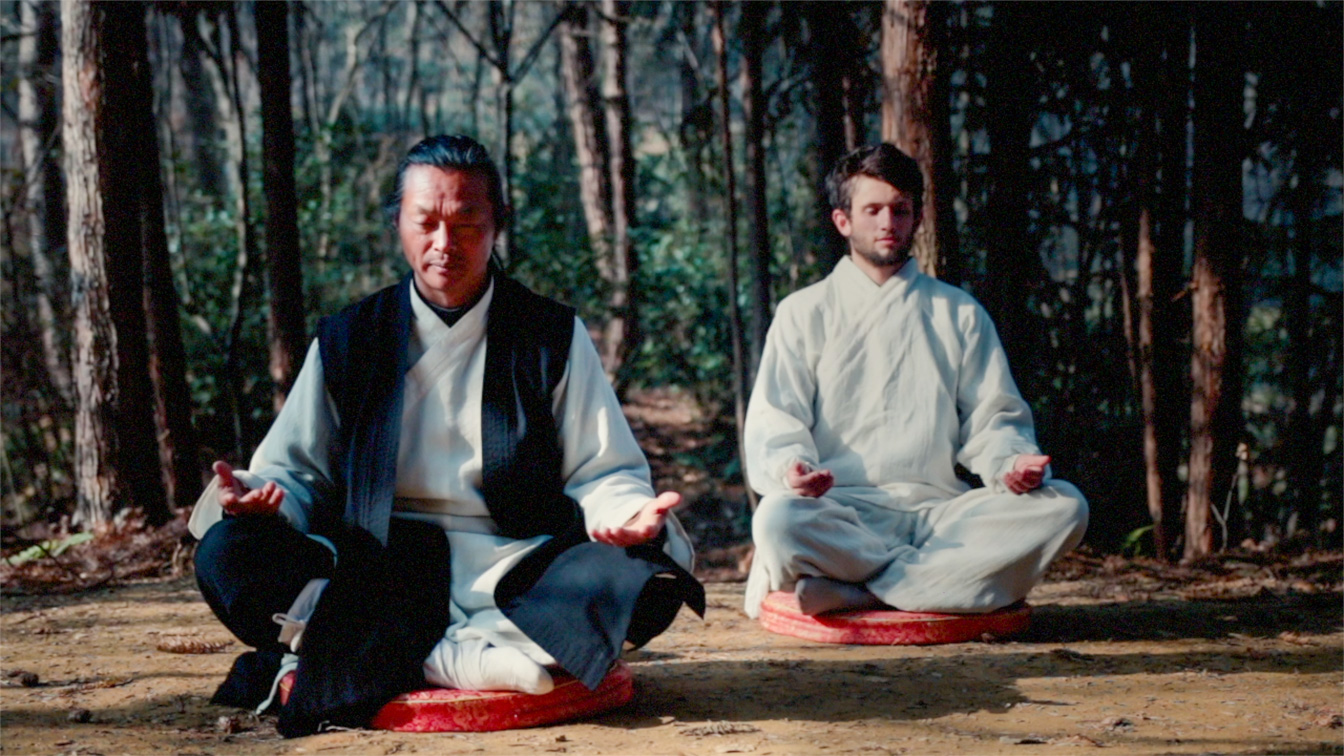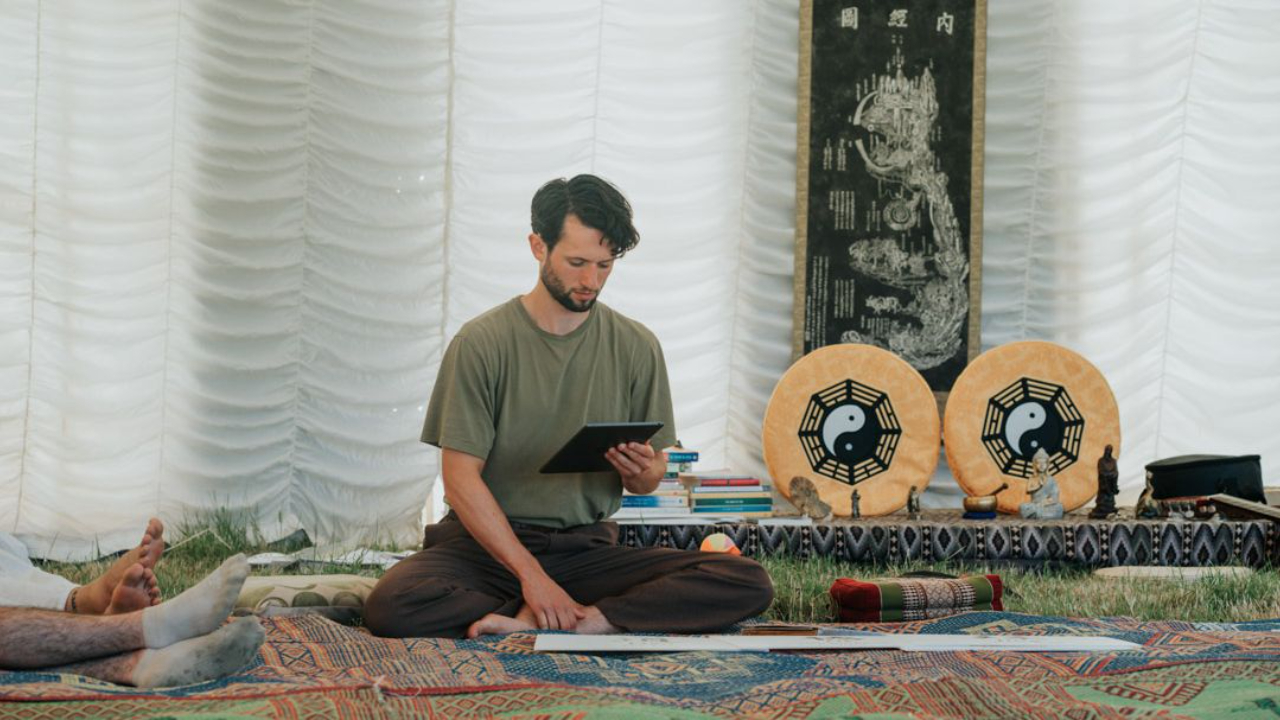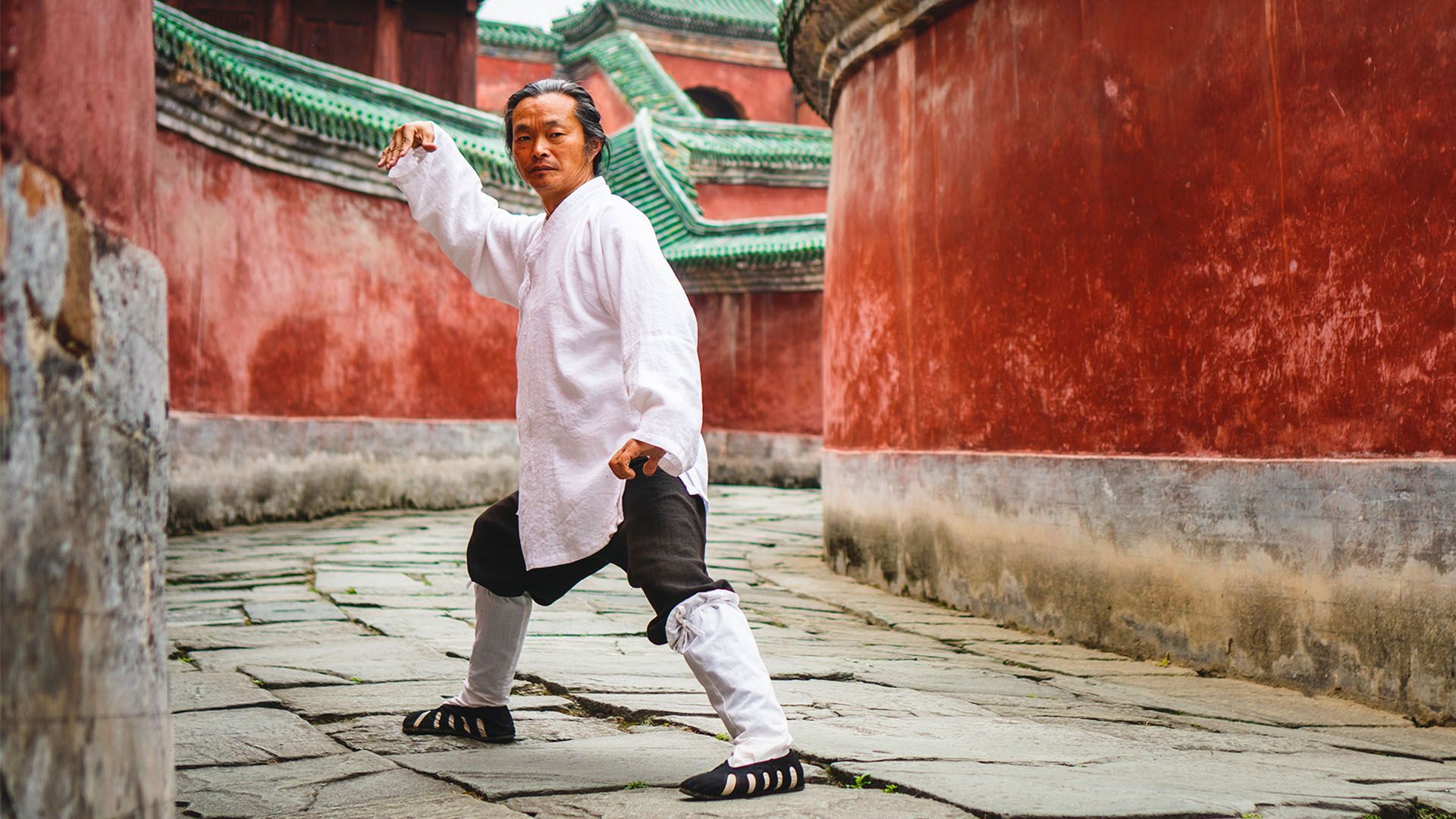Taoist Yoga: Incorporating Movement and Breathwork into Your Practice
Aug 15, 2023
Taoist Yoga, with its roots deeply embedded in the ancient traditions of China, represents a remarkable confluence of Yoga and Taoist philosophies. Historically, Taoism and traditional Chinese medicine have always been intertwined, and Taoist Yoga draws heavily from these ancient healing practices. It emphasises harmonizing with the Tao, or the natural flow of life. This practice is often characterised by its graceful movements and deep breathwork, reminiscent of elements found in Tai Chi.
In fact, a study from the Beijing University of Chinese Medicine found that such movements and breathwork can improve cardiovascular health and overall vitality. When incorporated into one's daily routine, Taoist Yoga can be transformative, fostering a deeper connection to the self and the cosmos.
A Glimpse into Taoist Yoga
Taoist Yoga combines principles from traditional Yoga and the teachings of Taoism. While Yoga originated in India and focused on the union of the mind, body, and spirit, Taoism is rooted in Chinese cosmology and the eternal quest for balance and harmony. Integrating these elements, Taoist Yoga offers a holistic approach to wellness, vitality, and spiritual growth.

The Significance of Movement
In Taoist Yoga, movement is not just about physical exercise; it reflects life’s flow. This flow is apparent in the various postures and sequences that mimic natural elements and creatures, like the fluidity of water or the groundedness of a tree.
- Fluid Sequences: Unlike the static poses in traditional Yoga, Taoist Yoga has more flowing sequences. These movements are reminiscent of Tai Chi and are designed to cultivate chi, or life force energy, throughout the body.
- Mimicking Nature: The movements often imitate elements from nature, enhancing the practitioner's connection to the environment and encouraging a sense of groundedness.
Breathwork: The Essence of Life
Breathwork in Taoist Yoga, much like in many spiritual practices, is paramount. The vehicle drives the life force or chi throughout the body.
- Harmonising Breath and Movement: There's an accompanying breath in every movement. For instance, when extending the arms outward, one inhales, and when drawing them inward, one exhales. This synchronicity promotes energy flow and balance.
- Deep Abdominal Breathing: Taoist Yoga emphasises diaphragmatic or deep belly breathing, activating the lower dan tian – a vital energy centre in the abdomen.
The Benefits of Incorporating Movement and Breathwork
Marrying movement and breathwork in Taoist Yoga brings forth a myriad of benefits:
- Enhanced Energy Flow: As the breath guides the movements, it channels the chi or energy, removing blockages and ensuring a free flow of vitality throughout the body.
- Mindfulness and Presence: Concentrating on breath and movement anchors the practitioner in the present moment, fostering mindfulness.
- Physical Strength and Flexibility: The postures and sequences, while appearing gentle, can be quite challenging, leading to increased physical strength and flexibility over time.
- Emotional Balance: The meditative aspect of synchronizing breath and movement can be deeply calming, helping manage stress and promote emotional stability.
Incorporating Taoist Yoga into Your Practice
Numerous resources are available for those keen on deepening their knowledge and practice of Taoist Yoga. In the digital age, online Tai Chi courses often cover elements of Taoist Yoga, given their intertwined philosophies. Enrolling in such a course can be an enriching experience. Here's how to begin:
- Start with the Basics: Familiarize yourself with foundational postures and breathing techniques. This creates a solid base for more advanced practices.
- Daily Practice: Consistency is key. Carve out a specific time to practice daily, even if it's just 10 minutes. Over time, this becomes a nourishing routine.
- Seek Guidance: If possible, find a seasoned instructor. With the growing popularity of this art, many online Tai Chi courses offer insights into Taoist Yoga as well.
- Join a Community: Being part of a group can be motivational. It offers a platform to share experiences, ask questions, and grow collectively.
Conclusion
Taoist Yoga is a journey of harmonising with the Tao, the universal flow. Intertwining movement and breathwork offers a comprehensive practice that caters to the mind, body, and spirit. This age-old practice holds the key for those seeking balance, vitality, and a deeper connection to self and the universe. Whether you're a beginner or an advanced practitioner, incorporating Taoist Yoga into your routine can be transformative. Dive deep, and discover the universe within with Wudang Taoist Wellness Academy; sign up now!








